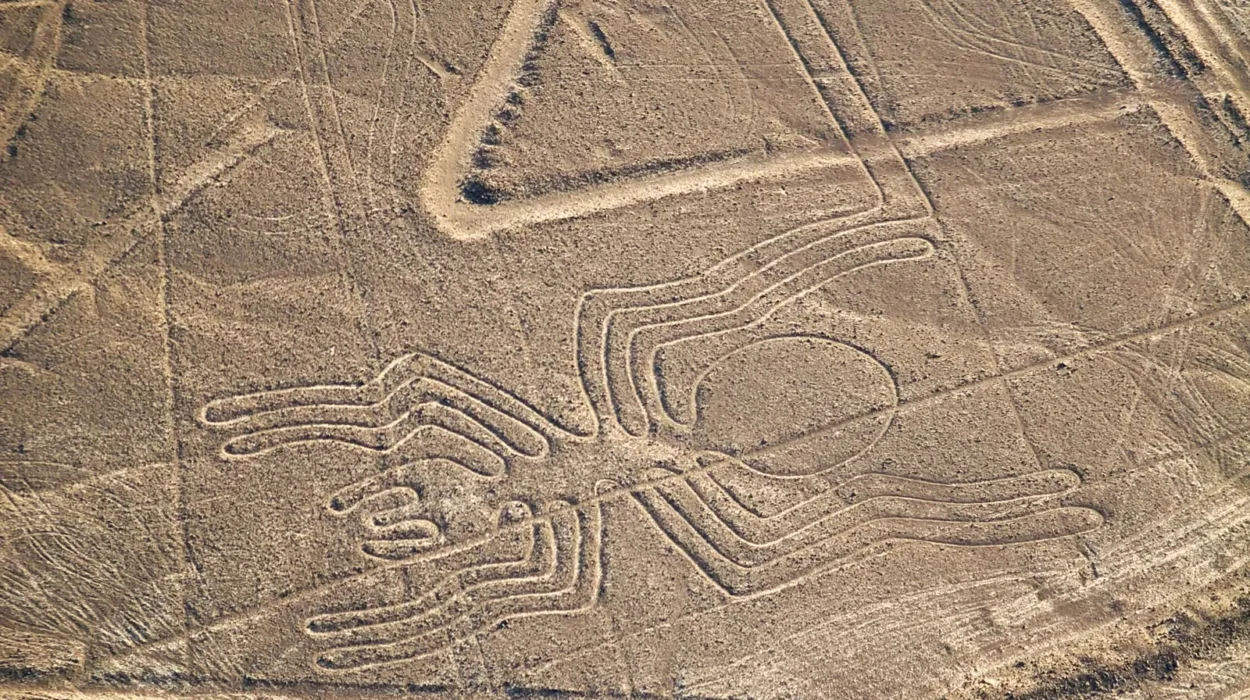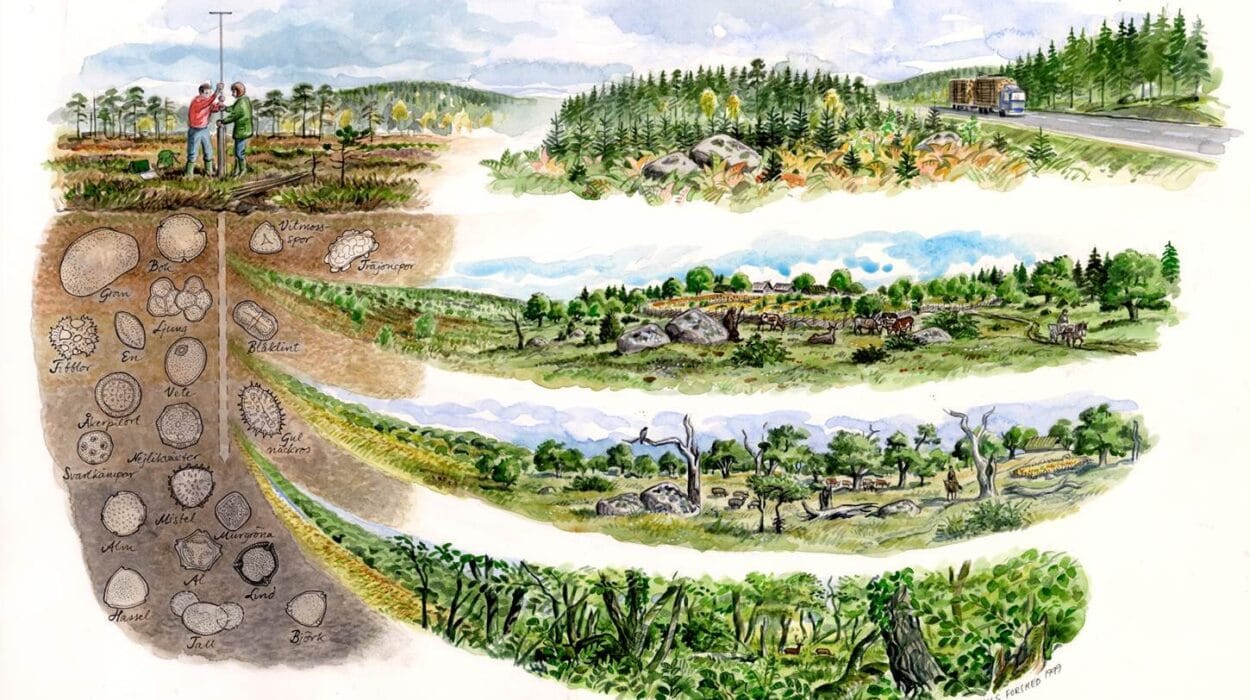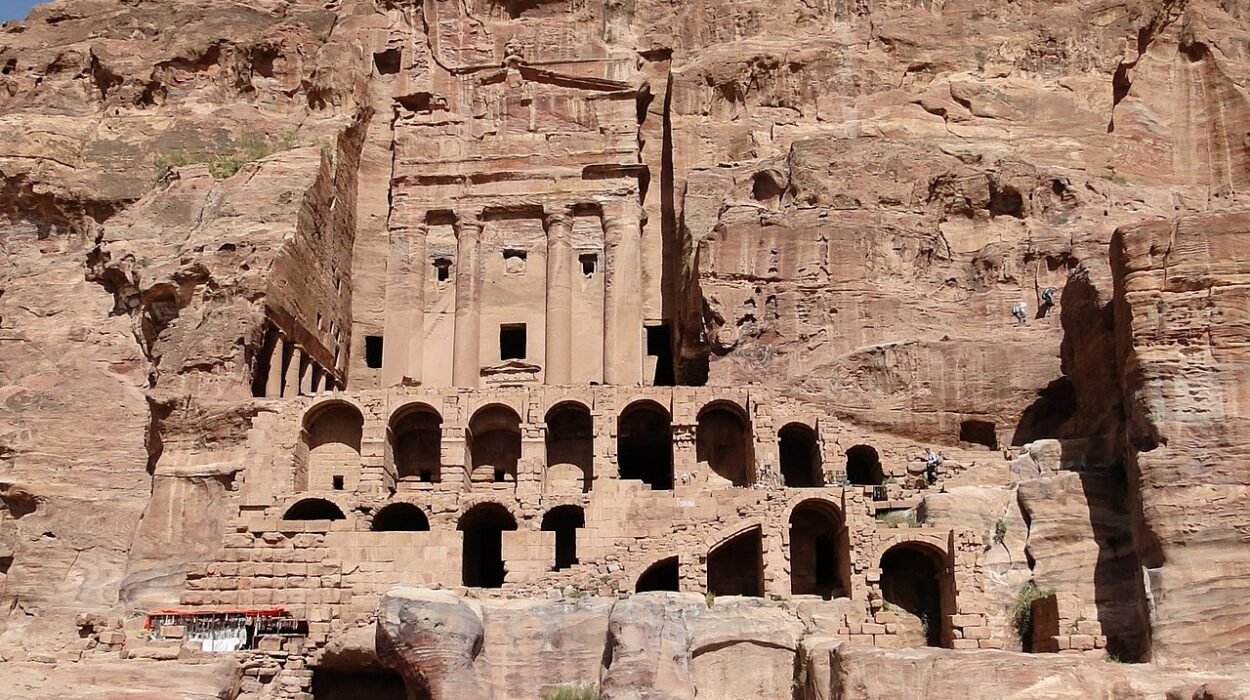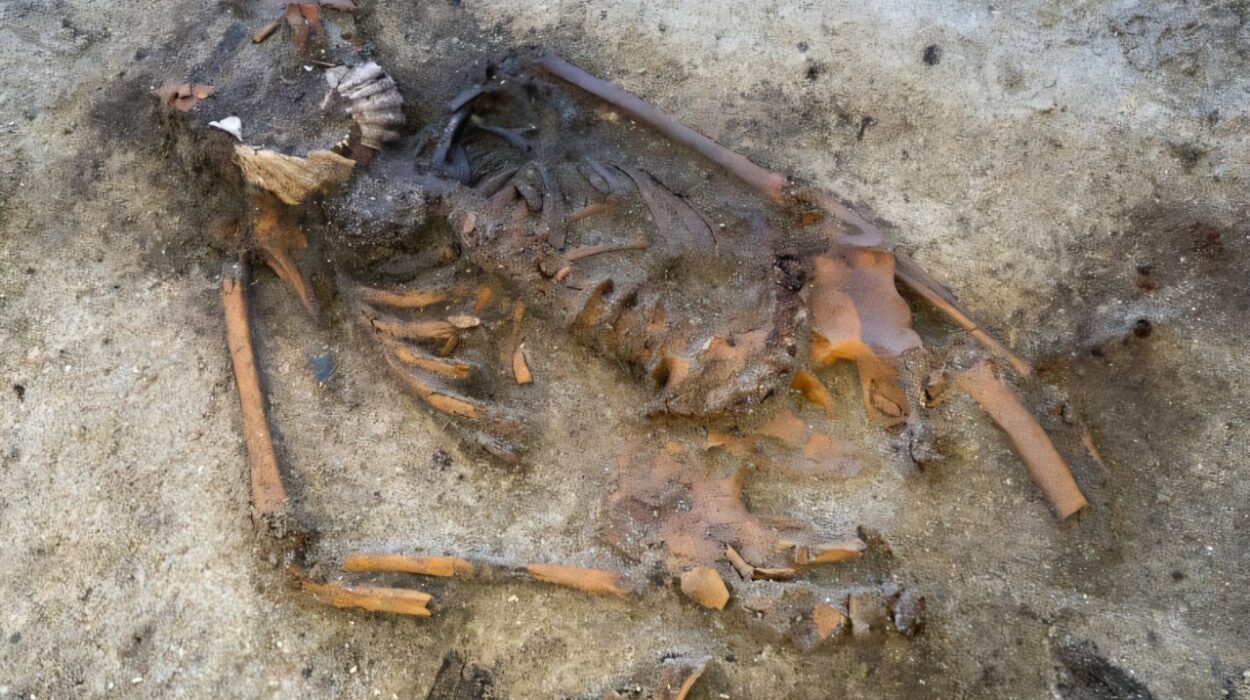Few relics in human history have stirred as much passion, controversy, and fascination as the Shroud of Turin. To some, it is the very burial cloth of Jesus Christ, bearing his mysterious image formed in the moment of resurrection. To others, it is a medieval forgery, an artifact crafted with extraordinary skill to inspire faith or deceive the faithful. Between these two poles—devotion and skepticism—lies a centuries-long story that weaves together religion, science, and archaeology.
The Shroud is no ordinary piece of fabric. It is a linen cloth measuring about 4.4 meters long and 1.1 meters wide, imprinted with the faint but haunting image of a man who appears to have suffered crucifixion. The body shows wounds consistent with those described in the Gospels: blood stains on the head from a crown of thorns, scourge marks across the back, nail wounds in the wrists and feet, and a side wound consistent with a Roman spear thrust. For believers, these marks are not just symbols—they are physical evidence that the Shroud once wrapped the body of Christ himself.
For skeptics, however, the story is different. They see the Shroud as an ingenious creation, a medieval relic produced in an era when holy artifacts were in high demand. The image, they argue, could have been made with pigments, chemicals, or other artistic techniques unknown at the time. To them, the Shroud is a masterpiece, but of human ingenuity, not divine miracle.
Between these perspectives stands science, with its tools of carbon dating, spectroscopy, and microscopy, attempting to unravel the mystery. Archaeology, too, steps in, comparing the Shroud to burial practices of the ancient Near East. Together, these disciplines form a crossroads of inquiry that is as much about the limits of human knowledge as it is about the truth of a single cloth.
The Journey of the Shroud
The documented history of the Shroud begins in the 14th century, in the small French town of Lirey. Around 1354, a knight named Geoffroi de Charny displayed the cloth publicly, claiming it to be the burial shroud of Christ. Pilgrims flocked to see it, and devotion grew. Yet skepticism was present from the beginning: in 1389, Bishop Pierre d’Arcis of Troyes wrote a memorandum declaring the Shroud to be a painting and a forgery. Despite his objections, the Shroud’s fame spread.
By the 15th century, the Shroud had passed into the hands of the powerful House of Savoy, who safeguarded it in their chapel in Chambéry. In 1532, a devastating fire damaged the cloth, leaving triangular burn marks that remain visible today. Nuns carefully repaired the holes, sewing patches that are still evident. In 1578, the Shroud was moved to Turin, Italy, where it resides to this day in the Cathedral of Saint John the Baptist.
Throughout its journey, the Shroud has been displayed, hidden, venerated, and debated. It has survived fires, wars, and revolutions. It has inspired countless works of devotion and equally countless accusations of fraud. Its resilience, like the endurance of faith itself, is part of what makes it so captivating.
The Image on the Cloth
One of the Shroud’s most striking features is its image: a faint, sepia-toned figure of a man, front and back, imprinted as though the body lay within the cloth. The image is not painted in the traditional sense; rather, it appears as a surface discoloration of the linen fibers. Under close examination, the image lacks brushstrokes, pigments, or directionality that one might expect from a painting.
Photographic technology revealed even more. In 1898, the Italian amateur photographer Secondo Pia took the first photograph of the Shroud. To his astonishment, when he developed the plate, the negative revealed a far clearer image of a man’s face than the cloth itself showed. This discovery shocked the world and ignited new waves of fascination. Suddenly, the Shroud seemed less like a medieval relic and more like a mysterious imprint, almost photographic in its nature.
Modern studies of the image have confirmed its unusual qualities. The image resides only on the topmost fibers of the linen, less than a fraction of a millimeter deep, with no penetration into the threads. The coloration is due to chemical changes in the cellulose, not to any added substance. Attempts to reproduce the image with known techniques—painting, scorching, or photography—have yielded partial similarities but never a perfect match.
The Science of Carbon Dating
The most decisive scientific test conducted on the Shroud came in 1988, when three laboratories—at Oxford, Zurich, and Tucson—performed radiocarbon dating on small samples of the cloth. Their results converged: the linen dated between 1260 and 1390 CE, squarely within the medieval period. For many scientists, this settled the matter: the Shroud was not a first-century relic but a medieval creation.
Yet the controversy did not end there. Critics of the test pointed out potential flaws. The samples tested may have been taken from a portion of the cloth damaged in the 1532 fire and repaired with newer threads, skewing the results. Others argued that the Shroud may have been contaminated by centuries of handling, exposure to smoke, and environmental factors that altered the carbon content. While the majority of scientists accept the carbon dating as valid, some researchers continue to question its reliability in this particular case.
Bloodstains or Pigments?
Another critical question is whether the reddish marks on the Shroud are genuine blood or artistic pigment. Studies have yielded conflicting results. Some researchers have detected the presence of hemoglobin, porphyrins, and even traces of human DNA, supporting the claim that the stains are indeed blood. Others suggest that the samples tested may have been contaminated by later handling or environmental exposure.
Microscopic examination has revealed that the stains penetrate the fibers in ways consistent with liquid contact rather than applied pigment. Yet skeptics remain unconvinced, arguing that medieval artists could have used creative methods, perhaps even actual blood, to produce convincing effects. The debate underscores the difficulty of separating fact from interpretation in an artifact so steeped in both faith and controversy.
Archaeology and Burial Practices
From an archaeological perspective, the Shroud raises fascinating questions about Jewish burial practices in the first century. Ancient Jewish law required that a body be washed, anointed with oils and spices, and wrapped in linen. The Shroud’s size and weave are consistent with linen textiles of the period. Pollen grains found on the cloth suggest origins in the Middle East, including species native to the Jerusalem area.
The positioning of the body, as seen in the image, also aligns with what we know of Roman crucifixion practices: nails through the wrists rather than the palms, scourge marks consistent with Roman whips, and a side wound typical of execution methods. These details suggest authenticity, or at least remarkable accuracy, for a medieval forgery.
Still, archaeologists remain cautious. While the Shroud is consistent with ancient burial practices, consistency alone does not prove origin. The possibility of a medieval creation, informed by biblical descriptions or other relics, cannot be ruled out.
Faith and Devotion
Beyond science and archaeology, the Shroud’s greatest power lies in its impact on faith. For millions of believers, the Shroud is more than an object—it is a window into the suffering, death, and resurrection of Christ. Pilgrimages to Turin draw thousands who gaze upon the cloth not as skeptics but as worshippers, moved by the image and its associations.
The Catholic Church, while never officially declaring the Shroud to be the authentic burial cloth of Christ, treats it with reverence. Popes have spoken of it as a “mirror of the Gospel,” an image that inspires meditation on the Passion, regardless of its material origins. In this way, the Shroud serves a dual role: both artifact and icon, both relic and symbol.
Skepticism and Forgery Theories
Skeptics, however, see the Shroud as a product of medieval artistry, perhaps even created to attract pilgrims and revenue. During the Middle Ages, relics were highly prized, and countless supposed fragments of the True Cross or bones of saints circulated through Europe. In this context, the appearance of the Shroud fits a broader pattern.
Some scientists have proposed that the Shroud image could have been created through a form of primitive photography, using light-sensitive chemicals and a lens to imprint an image on the linen. Others suggest contact with a heated bas-relief sculpture, producing a scorched image. While none of these theories perfectly replicate the Shroud, they highlight the human capacity for creativity and deception.
The Shroud in Modern Culture
The Shroud of Turin is not confined to church vaults and scientific journals—it has become a cultural phenomenon. It has inspired documentaries, novels, films, and endless debates. For some, it is proof of divine mystery; for others, a reminder of the power of human imagination.
Its image, with closed eyes and serene expression, has become iconic, a face that is instantly recognizable even to those unfamiliar with the debates surrounding it. The Shroud has also become a symbol of the dialogue between science and religion, showing how deeply intertwined the two can be when confronting the great mysteries of existence.
Mystery that Endures
After centuries of study, the Shroud of Turin remains an enigma. Science has illuminated many aspects of the cloth, yet no definitive explanation for the image has been universally accepted. Archaeology has revealed tantalizing connections to the ancient world, but not enough to silence doubt. Faith continues to embrace the Shroud as a symbol of divine presence, while skepticism insists on its human origins.
Perhaps the greatest lesson of the Shroud lies not in proving or disproving its authenticity but in recognizing its ability to inspire inquiry, devotion, and wonder. It challenges science to push the limits of its methods, faith to reflect on the nature of belief, and humanity to consider how deeply symbols can shape our understanding of truth.
Conclusion: Between Heaven and Earth
The Shroud of Turin sits at the crossroads of religion, science, and archaeology, refusing to be confined to any single category. It is at once a relic, a puzzle, a work of art, and a cultural icon. Its image is a canvas upon which believers see resurrection, skeptics see artistry, and scientists see mystery.
Whether forged in medieval Europe or woven in the tombs of ancient Jerusalem, the Shroud tells a story of humanity’s quest for meaning. It embodies our yearning to touch the divine, to hold in our hands a fragment of eternity. In the end, the Shroud’s true power may not lie in proving what happened two thousand years ago but in reminding us that some mysteries are too profound to be solved, dwelling forever between heaven and earth.





